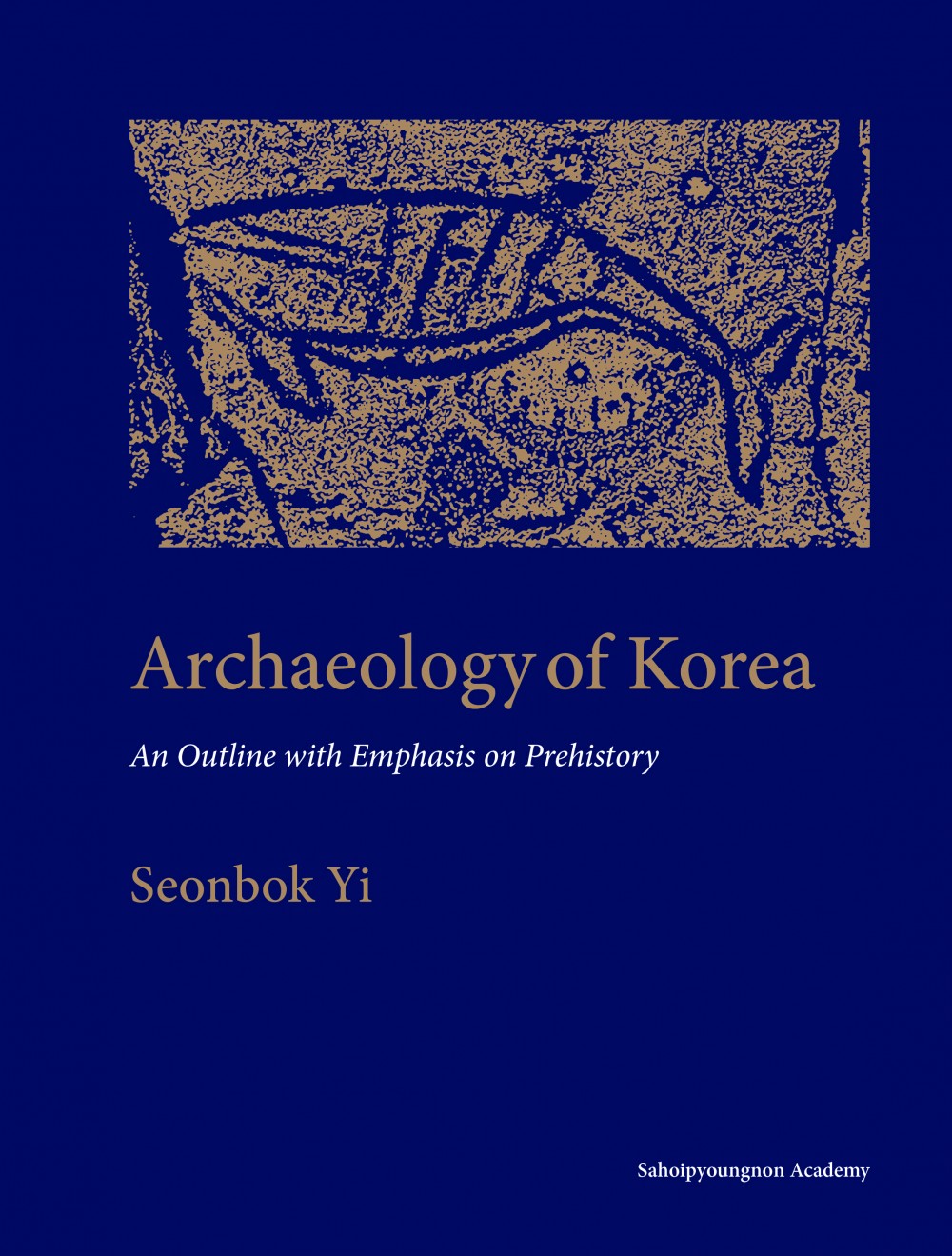
대학교재 · 학술
Summary 요약
한국에서는 매년 수천 건의 발굴이 이루어지고 있으며 수백 건의 방대한 보고서가 발행되는 등 고고학이 매우 번성하고 있다. 전국 구석구석 선사시대 주민들의 유적이 발견되고 있으며, 그중 더 많은 역사시대 유적이 보고되고 있다. 그럼에도 영어로 된 마땅한 안내서가 없어 외국에 잘 알려져 있지 않았는데, 이 책은 외국인 독자들에게 한국의 고고학적 과거를 간략하게 보여준다.
사진 자료를 풍부하게 실었으며, 선사시대에 대해 요약적으로 논의할 뿐 아니라 역사 고고학의 중요한 발견들 중 일부를 제시하고 있다. 한국의 고고학은 한편으로는 급속한 도시화와 산업화를, 다른 한편으로는 식민지 시기의 유산과 국가의 분단을 다루고 있다. 따라서 독자들은 한국의 과거를 해석하는 과정에서 직면하는 섬세하고 거대한 문제들을 이해할 수 있을 것이다.
Archaeology is thriving in the Republic of Korea, commonly known as South Korea. Thousands of excavations are being conducted and hundreds of voluminous reports are published every year. Remains of the prehistoric inhabitants are found at every corner of the country, and more of them are reported for historical periods. In the absence of a suitable guidebook, this book provides an outline of the archaeological past of Korea.
With plenty of photographs, it summarily discusses its prehistory and presents some of the important discoveries of historical archaeology. Readers may appreciate the delicate and immense problems that archaeologists are facing in interpreting the past as they must deal with rapid urbanization and industrialization on one hand and the legacy of the colonial past and the division of the country on the other.
Editorial Reviews 출판사 서평
유라시아 대륙의 동쪽 끝에 위치한 한국의 고고학적 과거는 외부에 잘 알려져 있지 않다. 그럼에도 불구하고 대한민국이 신흥 공업국으로 부상하면서, 고고학은 번성하고 있다. 매년 수천 건의 발굴이 이루어지고 있으며, 이로 인해 많은 놀라운 발견들이 이루어지고 있다. 전국 구석구석 선사시대 주민들의 유적이 발견되고 있으며, 그중 더 많은 유적이 역사적 시기에 보고되고 있다. 마땅한 안내서가 없는 상황에서 이 책은 관심 있는 독자들에게 한국 고고학의 개요를 소개한다. 고고학 관련 사진을 풍부하게 실었을 뿐 아니라, 한국의 선사시대 전반에 대해 요약적으로 논하고 역사시대의 중요한 부분들을 제시하고 있다. 이러한 내용은 독자들에게 현대 한국인과 그들의 문화를 형성해 온 한반도 안과 밖에서 일어난 독특한 문화 발전 과정을 이해하는 데 도움을 줄 것이다.
Lying at the eastern end of the continental Eurasia, archaeological past of Korea is rather poorly known to the outside world. Nevertheless, with the rise of the Republic of Korea, i.e., South Korea, as a newly industrialized nation, archaeology is thriving. Thousands of excavations are being conducted each year, resulting in many surprising discoveries. Remains of the prehistoric inhabitants are found at every corner of the country, and more of them are reported for historical periods. In the absence of a suitable guidebook, this book introduces interested readers to the outline of Korean archaeology. With plenty of photographs, it summarily discusses the prehistory of Korea in general and presents some of the important discoveries from the historical periods. By doing so, it may help readers to understand the unique course of cultural development that had occurred within and beyond the Korean Peninsula which had shaped the modern Koreans and their culture.
차례
Contents
List of Figures
Acknowledgements
Preface
chapter 1. INTRODUCTION
Archaeology of Korea – A Brief History
Scope of the Monograph
Korean Peninsula – Physical Geography
chapter 2. THE EARLIEST INHABITANTS
Pleistocene Environment
Foundation and Development
The Imjin Basin Handaxes
An Early Palaeolithic?
Upper Palaeolithic Sequence
Towards the Holocene
chapter 3. FROM FORAGERS TO FARMERS
Neolithic in the Northeast Asian Context
Legacy of Colonialism
Neolithic Sequence
Settlement Pattern
Population and Burials
Ecology, Subsistence and Diet
Ending of the Era
chapter 4. BRONZE DAGGERS AND DOLMEN BUILDERS
Bronze Age in Two Koreas
Time and Space – Bronze Age without Bronze?
Daggers and Dolmens
Chronology and Periodization
Village and Community
Evidence of Farming
Burials and Social Stratification
A Step Closer to History
chapter 5. EMERGING PEER POLITIES
Arrival of Iron
Bronze Age Extended
Changes in Culture Sphere
Where Are They?
A Theocratic Society?
chapter 6. DAWN OF HISTORY
Early Polities
Buyeo, Eumnu, Okjeo and Lelang
Early Baekje and Its Mahan Peers
Jinhan and Byeonhan
New Orders Emerging
chapter 7. THREE KINGDOMS PERIOD AND AFTER
Korean History – A Quick Overview
Goguryeo
Balhae
Baekje
Yeongsan River Basin before Baekje
Gaya
Silla before Unification
Silla after Unification
After Silla – Goryeo and Joseon
SUMMARY AND PROSPECTS
Suggested Readings
Figure Sources
저 : Seonbok Yi
Born in Seoul, Korea, Seonbok Yi received BA at the Seoul National University as an archaeology major (1979), and MA (1982) and Ph.D. (1986) at the Arizona State University. Since 1987, he has taught at the Seoul National University. He has worked in Korea, Vietnam, Mongolia and Azerbaijan, and visited many places throughout Asia










